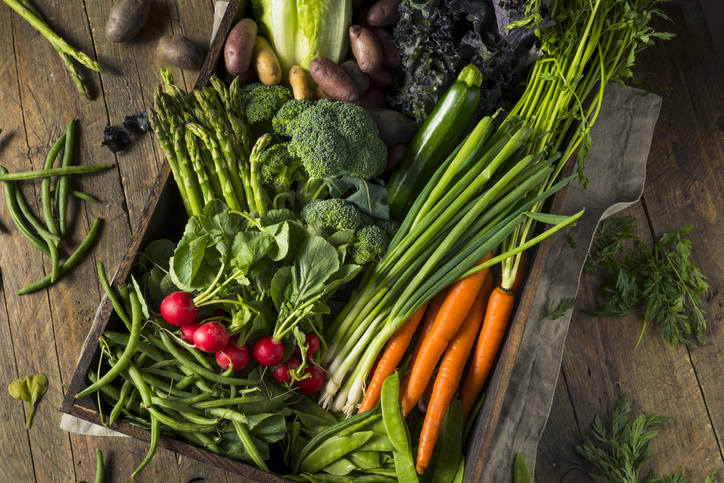What’s the future for grocery delivery?

UK online grocery sales will grow by 48% by 2022.
It’s an impressive figure but grocery delivery only represents a small percentage of transactions when you compare it against store sales.
Despite the low market share 40% of food shoppers still say online delivery is a ‘must-have’ – the problem is only 1% of them are willing to pay to get the goods to their door. It’s stats like these which are the reason why 97% of executives say the current model of grocery delivery is unsustainable.
We take a look at the latest research to ask what the future holds for online grocery delivery and how grocery retailers can deliver both the food and the profits, at the same time.
Providing quicker turnaround times
According to the public timing is key – 75% of people claim they would spend more and shop more frequently if the deliveries were more ‘timely’. We’re talking two-hour-from-ordering delivery slots and same-day delivery rather than booking a time that’s days away. If retailers really want to grow delivery they are going to need to speed up their turnaround times, offer more immediate delivery slots and start investing in the logistics which back their online operations up.
Offering delivery membership
Another way that retailers can recoup the cost of delivery is to charge for delivery membership. This works by offering customers the ability to buy a ‘delivery pass’ for a year instead of calculating the cost for delivery per order. It seems a popular option with 51% of those surveyed saying they’d be willing to buy paid membership for a delivery service. Models like this encourage customers to make smaller, more frequent transactions to make use of their pass and mean they’re not put off by having to spend a minimum amount to qualify for free or low-cost delivery.
Experimenting with last-mile delivery
It’s well publicised that a few big names are experimenting with automated deliveries such as unmanned cars, vans and drones but some retailers are going back-to-basics when it comes to delivery. For instance, Sainsbury’s supermarket is trialing cargo bikes – the electric bikes make up to 100 deliveries a day in built-up areas. The cyclists can avoid traffic congestion, get closer to people’s homes, cut running costs and have a positive impact on Sainsbury’s carbon footprint.
Using third-party delivery drivers
When it comes to who delivers their food, consumers seem indifferent. A surprising 64% of consumers asked said they didn’t mind whether it was retail store employees, private individuals or third-party couriers. Opinions like this mean supermarkets could use existing delivery networks to get the goods to the door rather than relying on their own fleet of vehicles or employing drivers. Access to an existing network could even offer grocers more capacity to make faster deliveries in the future.
Automating operations
When it comes to operations, technology can provide more immediate answers – 89% of grocers surveyed are investing in mechanisation and automation of store back rooms to speed up order fulfilment and deliveries. This might include using robots grids to improve the efficiency of warehouse picking, replenishing stock using a system of smart sensors or planning and managing delivery routes automatically to make them faster and more efficient.
These are just a few ways grocery retailers can make their delivery model more sustainable – they are options that lower costs, encourage more frequent online orders, increase efficiency and speed. And we’re confident that through the implementation of ideas like these, grocery delivery will have a healthier, more sustainable future.
Request a free demo of our route planning software to discover how you can deliver more than just the goods.
Maxoptra System
© MaxOptra, 2023. Privacy Policy and Cookies
